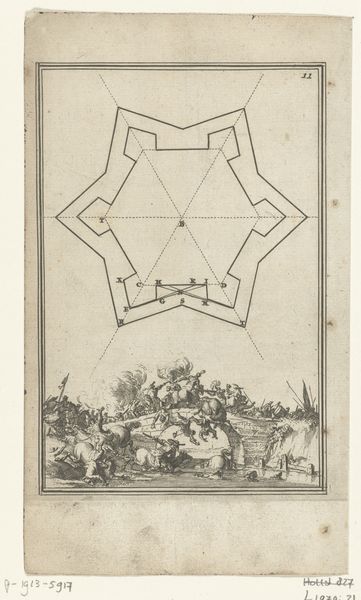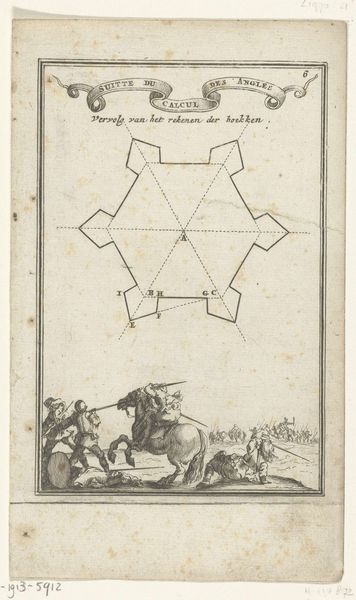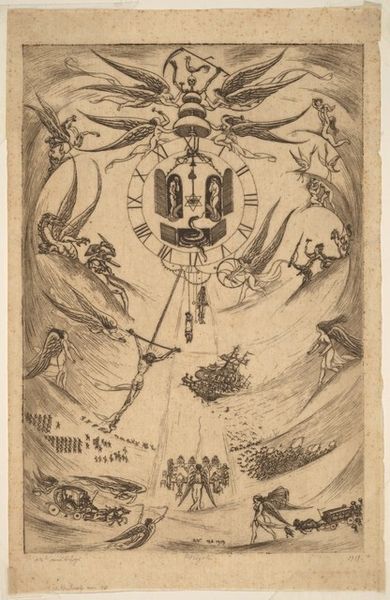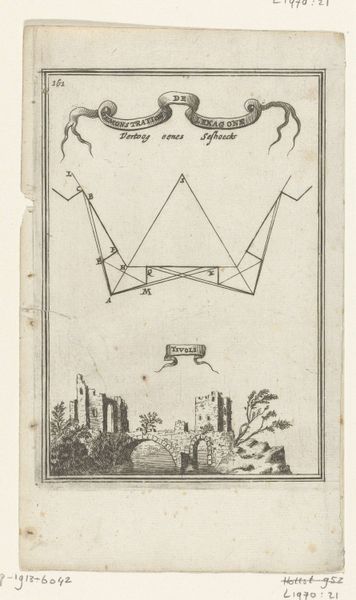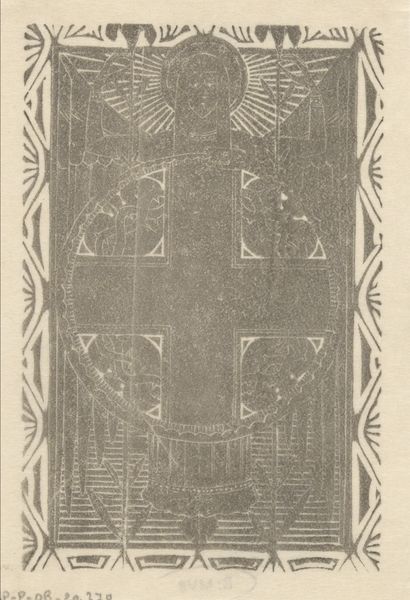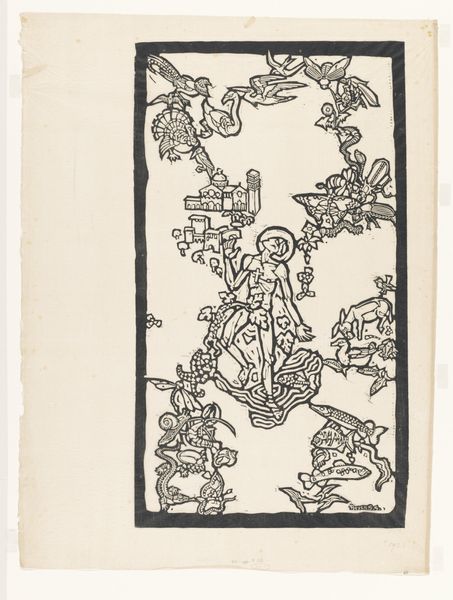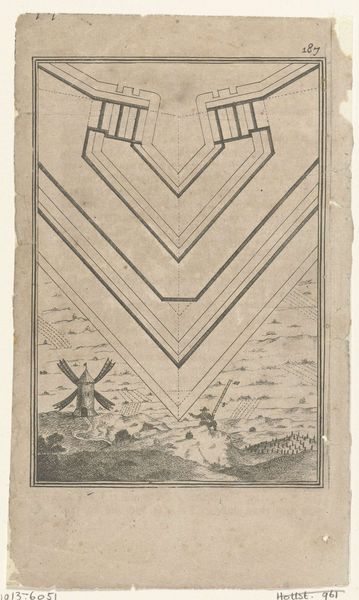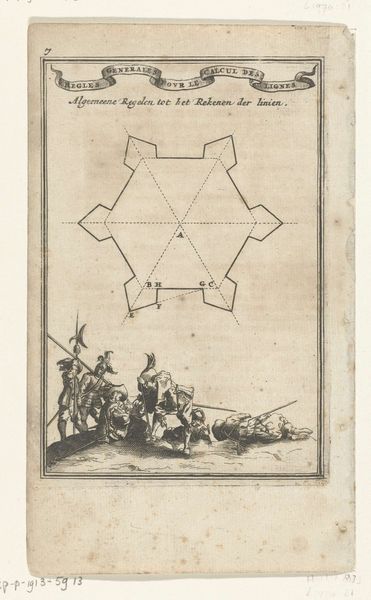
Illustratie voor 'Den Arbeid van Mars' van Allain Manesson Mallet 1672
0:00
0:00
drawing, print, engraving
#
drawing
#
baroque
# print
#
engraving
Dimensions: height 186 mm, width 108 mm
Copyright: Rijks Museum: Open Domain
Editor: This is an engraving from 1672 by Romeyn de Hooghe, titled "Illustration for 'The Labour of Mars' by Allain Manesson Mallet," currently at the Rijksmuseum. I’m struck by the contrast between the regimented geometry of the fort’s design and the chaotic scene of soldiers below. What can you tell me about this piece? Curator: That's a sharp observation! The contrast is certainly intentional. What interests me most is how this image reflects the power dynamics of the 17th century. It visualizes a period defined by military expansion and the entrenchment of patriarchal structures. Editor: In what way? Curator: The fort design, meticulously mapped out, represents control, order, and the scientific rationalization of warfare. It speaks to the colonial impulse and the subjugation of land and people. How might we interpret the scene below in relation to that impulse? Editor: It seems like the drawing of the fort almost floats above the actual scene of the fighting; it’s like the fort is an idea imposed on reality, rather than growing out of it. Curator: Exactly! This relates to a worldview where land is something to be conquered and redesigned according to abstract principles, ignoring existing cultures and power structures. It embodies a masculine ideal of dominance and the reduction of complex realities into simplified, manageable forms. Does it prompt you to question any contemporary structures of power? Editor: Definitely! I'm thinking about city planning today, and how some urban designs prioritize efficiency over community well-being. I didn't initially think of this engraving in such a contemporary way, but its underlying message is relevant. Curator: Precisely! Understanding art from the past allows us to critically examine the present, uncovering how historical power structures continue to manifest in new ways.
Comments
No comments
Be the first to comment and join the conversation on the ultimate creative platform.
